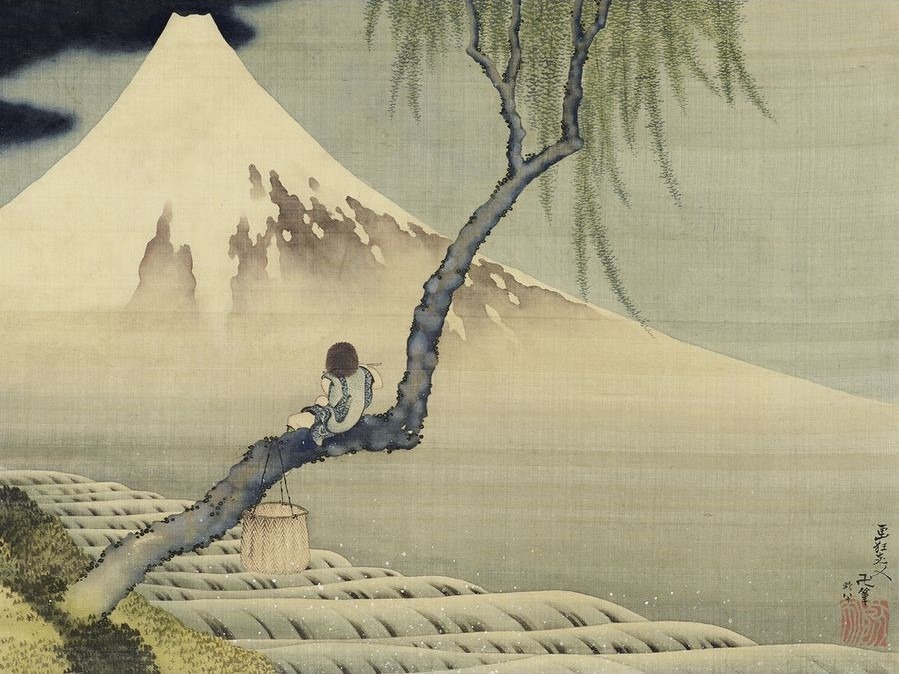Perhaps we have heard the phrase that beauty is in the eye of the beholder. Beauty can be as subjective or relative as our cultural and many other conditionings are.
For example, the concept of “wabi” in Japanese art, expresses a sense of beauty that encompasses what is incomplete, imperfect, ephemeral, fragile, insignificant. It transmits a quality of austerity and serenity; an absence of limits and permanence. Wabi opposes to what can be perceived as splendorous, perfect, big, exuberant, extensive, invariant. . . a concept that may be difficult to be conceived by the Western world.
In the East this absence of limits can be experienced optically in the fluid transitions of the streets, for instance. Wood houses in the Japanese alleys appear to be overlapping, and it is difficult to identify where a house begins and the other ends; there seems not to be a clear separation of spaces. Nothing is imposed.
This effect of fluidity and non-limit may also be appreciated in Japanese gardens, where gardening techniques rely on removing obstacles so trees can grow freely, rather than forcing certain form or shape. Nothing is delimited.
Limitless and fluidity is something that may be perceived as well in many temples in the East. As an example, Zen Buddhist temples are spaces not completely closed, not completely open. Neither the interiority, nor the exposure of the openness defines the effect that space has on it. Their spaces are empty. . . In a space of emptiness there is no differentiation of the interior and the exterior, of open and closed; it can provide us with an enormous sense of limitless spaciousness.
Empty spaces are perceived as beautiful in the Eastern world, just as it may be the opposite in the West. As Byung-Chul Han describes in his book Absence:
“For the Eastern sensitivity beauty does not lie in the permanence of being nor in the endurance of the essence. Things that persist, subsist, or insist are not elegant or beautiful. That which is prominent or stands out is not beautiful, but that which retracts or yields. Beauty does not lie in what is fixed, but in that which floats. Beautiful are those things that carry the traces of nothingness, which contain in themselves the vestiges of their ending, those things that are not like themselves. The duration of a state is not beautiful, but the fugacity of a transition. Beauty does not lie in a total presence, but in a here covered by an absence.”
An abstract concept such as beauty could be an example that our ideas, notions, and perceptions are just labels on which we have imputed certain “trueness”; however, what we may think that has an inherent definition of truth or concreteness may not be the case for others. If we analyze this in depth we may find that concepts that seem solid, labels such as “form”, “time”, “space”, “direction”, and “size” can be easily dismantled. Things may not be as they appear to us. . .
So I wonder, how we would perceive the world if only and just for a moment we could empty our concepts, notions, ideas of things like “beauty and ugly”, “big and small”, “black and white”; empty them just as the emptiness you can feel on the space of a Zen temple.

